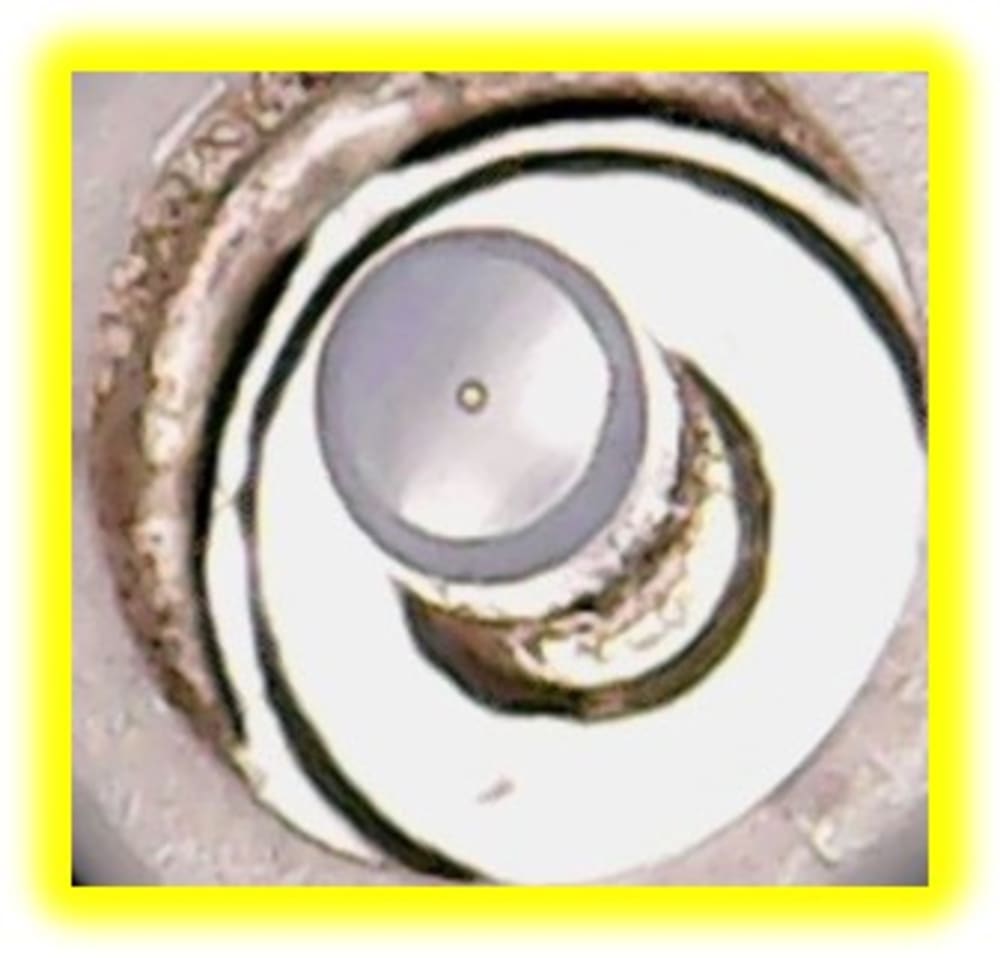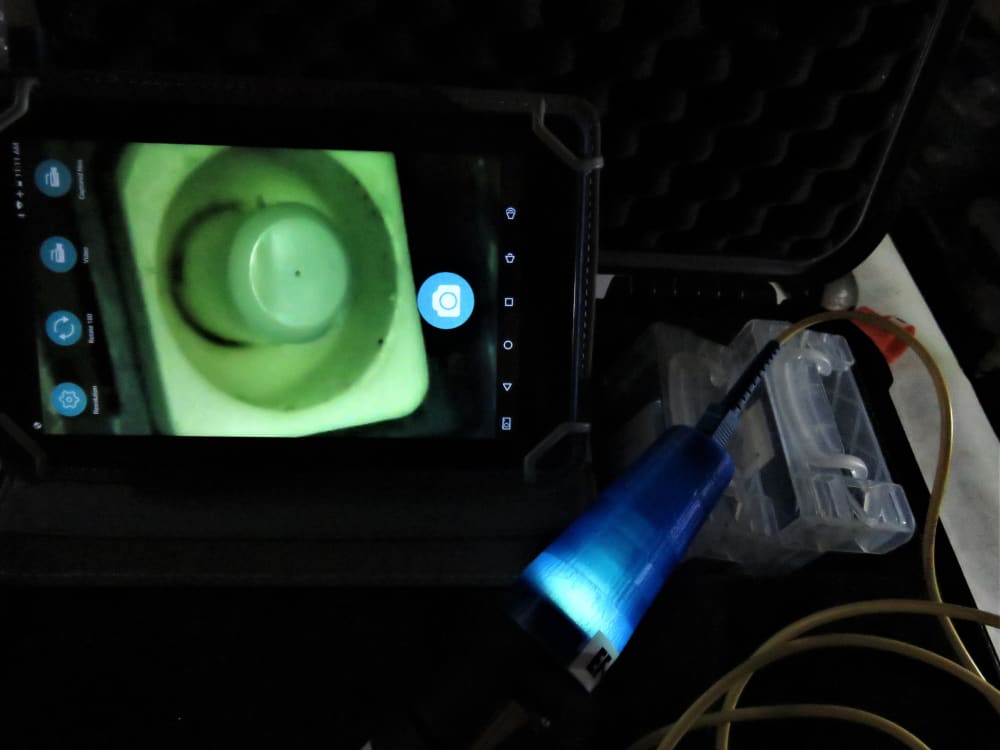
This innovation crosses all categories from medical to automotive, aerospace/defense to consumer items and, most surely, the IoT.
The fiber optic connector is ever-ubiquitous from medical robotics to all levels of aviation to the Internet connection on which this submission was downloaded. The common ground for all disciplines is the condition of the transmission fiber at the time of transmission. Unlike a copper surface which will 'bear' some degree of cleanliness or corrosion, the fiber optic surface must be pristine clean or there is insertion loss caused by debris that can create misalignments. Micro losses of signal over multiple connections add up to create the troublesome time it takes for each of us to upload, download, or view a file, or video, or, assure the package is accurately delivered from a weapons platform.
The sciences of fiber optic inspection have evolved from a simple jeweler's loupe to fascinating instruments that decide for the technician whether the transmission fiber 'passes' or 'fails'. However, there is a critical flaw. Existing inspection devices view, characterize, 'pass and fail' a surface that is only a small two-dimensional segment of the actual connector. The innovation presented for consideration is a digital photographic device that views the connector itself as well as connection adapters in the reality of three-dimensions.
As unlikely as it may seem, existing standards and devices only present as little as 15% of the 'horizontal' connector surface for the technician to evaluate. Debris may be present in not only the remaining 85% of the horizontal surface, but also 100% of vertical surfaces and connection adapters that are not considered. In these instances, debris may cross-contaminate and create signal loss leading to failure. For the unfortunate technician unaware of this phenomenon, the resort is to reclean or replace a connector simply because debris present in unseen locations...because the inspection device goes not have adequate field of view, or, the worker had not been trained to consider these potentials.
Image "Pass" represents a fiber optic connector that existing inspection and training characterize as 'clean'. Debris on the 'vertical surfaces' is revealed by the invention.
The image "IMG_1946 (2)" defines the instrument as well as debris located on unseen vertical surfaces.
The Image "MT-Type Misalignment" defines a popular connector type in all listed categories. In this unusual picture, the alignment port is fouled leading to potential misalignments of the fibers (highlighted 'dots')
-
Awards
-
 2022 Top 100 Entries
2022 Top 100 Entries
Like this entry?
-
About the Entrant
- Name:Edward J Forrest Jr
- Type of entry:individual
- Patent status:patented








